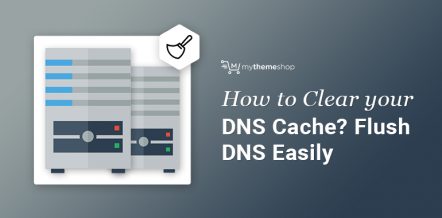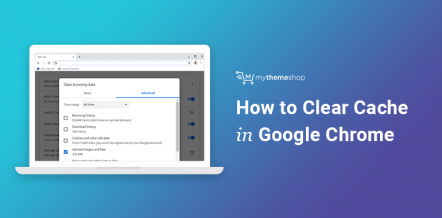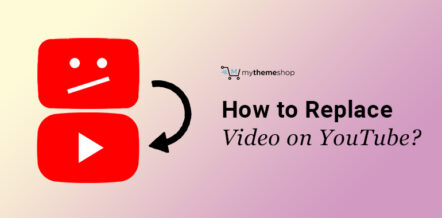Online marketing channels such as Facebook, Google Adwords, and Emails have changed the conventional marketing game. Marketers truly love them for two reasons:
1. Online marketing is dirt cheap as compared to conventional marketing channels like TV, Radio, and Newspapers.
2. You can seamlessly reach a highly targeted group of audience who would be interested in your product or service.
As a marketer, there are two important terms you should understand well before strategizing any marketing campaign- retargeting and remarketing. If you understand these two terms well, we bet, you would certainly be able to generate a better ROI than anyone else.
In this detailed post, we will dive down to understand the exact difference between retargeting vs. remarketing and how you can utilize both for running a thoroughly optimized marketing campaign to drive more conversions and sales.
What is Retargeting?
The term in a wide scope means targeting those users who have already interacted with your brand by visiting your website or application. It refers to showing online/display ads to users who have interacted with your online brand entity earlier.
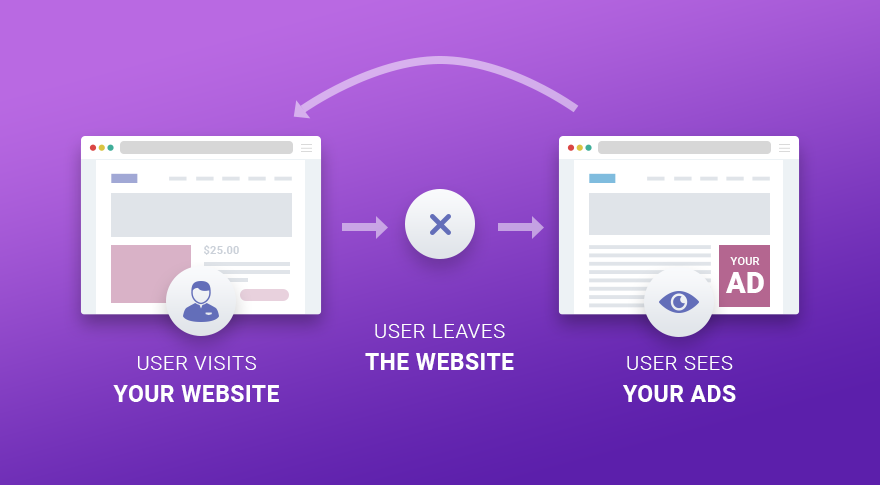
Certain Ad networks like Google Display Network and Facebook Ad Network give you the ability to retarget those users who have taken a certain action on your website. This could be viewing a particular page to buying a product from your site. This data is stored on the web browser of the user in the form of a cookie, which records the action they have taken on your website.
You can use this data from time to time to target those users according to the actions they had taken on your website.
Primarily for ecommerce sites, you must have noticed, if you have checked certain products on the site, you’ll see ads from the same brand (sometimes showing same/similar products) on third party websites. This is because those ecommerce sites are retargeting you by showing up their ads across the web.
Retargeting is a perfect way to re-engage with those users who have previously taken some action on your website but didn’t convert into a customer or didn’t complete a purchase. By retargeting, you can re-engage with those people and engage in conversations which would help you turn them into your customer.
There are a couple of ways retargeting can be done:
1. Pixel:
This is a simple code that is placed on your website. It stores data that helps you track conversions and specific actions on your website. You can use these actions to segregate a group of audience and then retarget them. For e.g., You can retarget all the users who have added your product in the cart but didn’t complete the transaction.
2. List/Database based:
This primarily involves the customer list, which could be either their emails or phone numbers. You can use this information to retarget those customers on various ad platforms like Google Ads and Facebook Ads.
You just have to upload the customer list consisting of email ids on the platform. You can run display as well as search ads on that particular list.
Just to explain, for example, you have a database of users who have subscribed to your online newsletter. You can retarget those users via ads and show them products that are relevant to them. This would help you sell multiple products to the same person again and again.
However, this method has one disadvantage. The customer may have more than one email address or phone number. It is possible that the email/phone number that you have in your database, the same might not be used by the consumer on Facebook or Google, and thus, your ads won’t show to such audiences.
You can use either of the two methods to run retargeting campaigns on primarily all the majority social media channels like Facebook, Instagram, Twitter, and LinkedIn.
Check this perfect example of a retargeting display ad:

Big content sites like Entrepreneur do it very wisely. They usually retarget users who have previously visited their website. This helps them drive the same user again and again on their website.
Here is another one from Mashable!
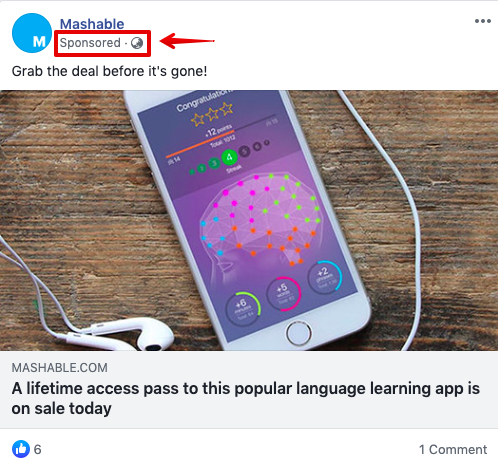
Isn’t it really amazing?
Time to jump on to our next term!
What is Remarketing?
This is one term that even the most experienced marketers get confused with. They mostly confuse the same and overlap it with retargeting.
Remarketing deals with sending emails to re-engage customers in their inbox. This is mostly preferred for instances when the customer abandons their shopping cart or add an item to their wishlist but do not purchase the same for a long time.
We know that most of you’ll email are nowadays filled with spam messages and promotions. You wouldn’t believe if we tell you that email is still the most legitimate and authentic channel, as nearly 94% of the people use emails. Thus, it is a perfect channel to re-engage with a potential customer who might have abandoned their cart without making a purchase.
Here is a perfect example to show you how remarketing works in the actual scenario:
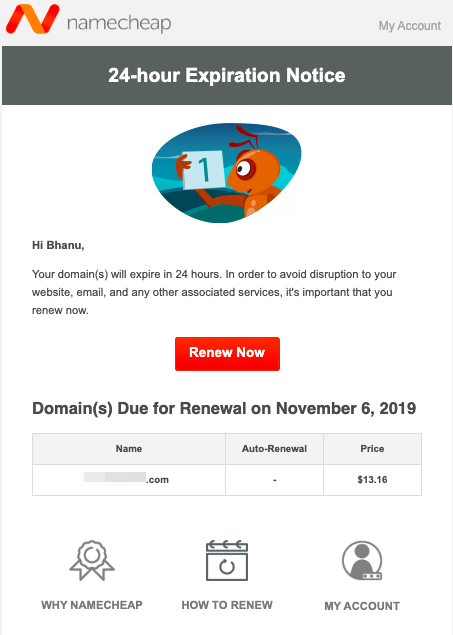
Isn’t it a great strategy to boost the conversion rate? The best part, the click-through rate for such remarketing campaigns is very high as you are dealing with a highly targeted group of the target audience. Thus, it helps you increase conversions as well.
Retargeting vs Remarketing – Understanding the Difference
Both aim to increase the sales by engaging with an audience that has previously interacted with your brand in some way or the other.
You are basically trying to re-engage with a highly selected group of audience. The main difference lies in the medium that you are using to target the audience.
Retargeting involves showing display ads, banners, text ads to a selected group whose activity is tracked and stored as a cookie. Remarketing is basically email remarketing where you are targeting a selected database using emails only.
In fact, you can automate both the methods for an effective marketing strategy. Retargeting could be automated using Google Ads or Facebook. On both platforms, you can trigger ads based on cookies. The same happens in real-time such that as soon the users leave your website and opens any other Ad network website, your ad would pop up in front of them.
For Remarketing, you can use autoresponders based on various trigger points. For eg: the next email which should go to the user if they do not open your previous email for two days.
How to run campaigns effectively?
Retargeting:
1. Audience Segmentation:
Segment and narrow the audience on the basis of their actions on your website. Do not target all the people who have visited any page on your website as one group.
Segment the users according to different sections on your website. For eg: Suppose you are selling products in two categories- Automobile and Computers. For effective targeting, there will be two audience segments – the users who visited the Automobile section and the others who visited the computers section.
Now, compare the same if you are taking all the website visitors into one group. In that case, your automobile ad may not be relevant to a specific audience who hasn’t visited that specific section on your web site and vice versa. By creating two separate audience segments, you are reaching a really narrow audience, which is highly targeted, and there is more probability of conversion.
2. Ads Blindness:
As a strategy, avoid using the same ad creatives and ad copies multiple times to the same audience segment in multiple campaigns. This will frustrate the user after some time as they are forced to see the same ad multiple times. Further, this will decrease their trust on your brand as you are literally forcing them to click on your ad.
3. Retargeting on multiple platforms:
Try to retarget the same user on multiple platforms at the same time. You must have analyzed this with Amazon. They usually target display ads to users across multiple networks so that you see their ad on every second website you visit. This helps in generating the recall value and re-engaging with your audience without much difference in the time stamp.
Remarketing:
1. Subject Line: Just like the title of the Ad copy, the subject line is the main highlight of the email campaign. Unlike retargeting, where users need only one click to reach the destination page, remarketing is a little tricky as the user needs at least two clicks to reach the destination page (first click to open the email followed by the second click in the email content to reach the product page). Try to use a catchy subject line so that the user clicks and opens the email.
2. Avoid Spamming: Do not spam your customers in case they do not open your email. This will eventually land you in their spam box. This would, in the long run, also bring down your domain reputation. Then, even the genuine email would start landing up in the spam box of the users, which you’d probably don’t want.
3. Follow a Warm-up Plan: This is where marketers do not pay much of their attention. You must follow a proper warm-up plan with your engaging audience i.e., if starting from scratch, send emails in small batches to selected target groups. Once you get a proper CTR of at least 3-5% on your emails, you can scale the same. In short, you need a good CTR to avoid landing up in the users’ spam box.
4. Say no to non opted data: Do not send emails from your brand to an unknown database. In multiple niches, marketers run remarketing on purchased data, which would do nothing except bringing the domain reputation down of their brand.
Final Thoughts :
Both retargeting and remarketing are effective ways to market your brand and products in the right way to your target audience.
Since remarketing needs genuine email ids of the users who have previously interacted with your brand, most of the marketers start with retargeting.
You can also use retargeting to generate leads (email addresses) and then later remarket to those leads using email campaigns.
Though, one thing is clarified that both the methods are far better than any other conventional marketing method. Using these stratergies, you can easily market your product in the most effective way to your target audience, thus driving better sales and conversions.
We hope you now know the exact difference between retargeting vs. remarketing. Do share your views in the comments section below. We would be happy to clarify your doubts.
